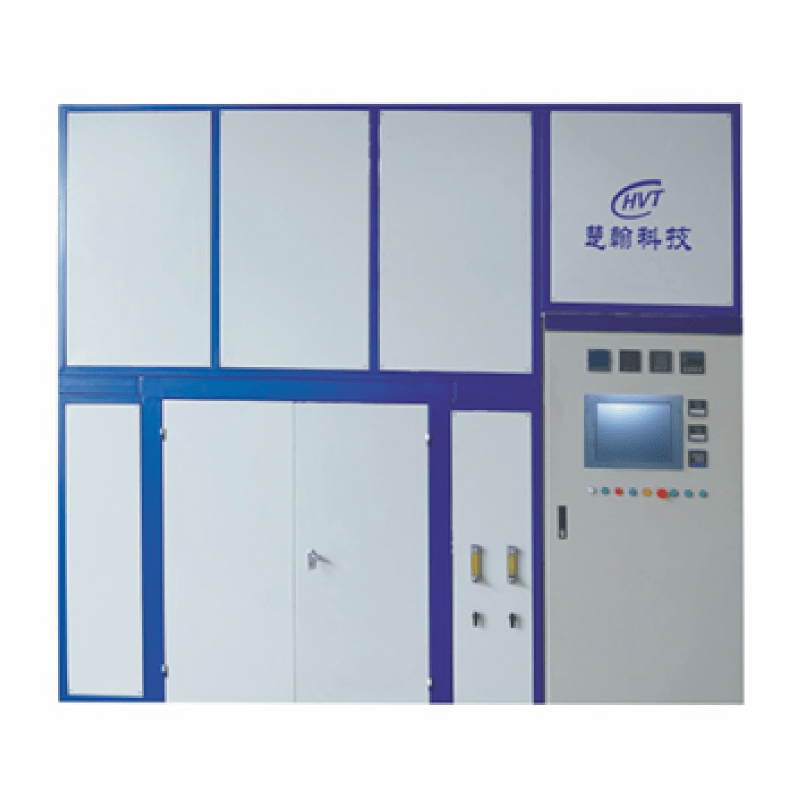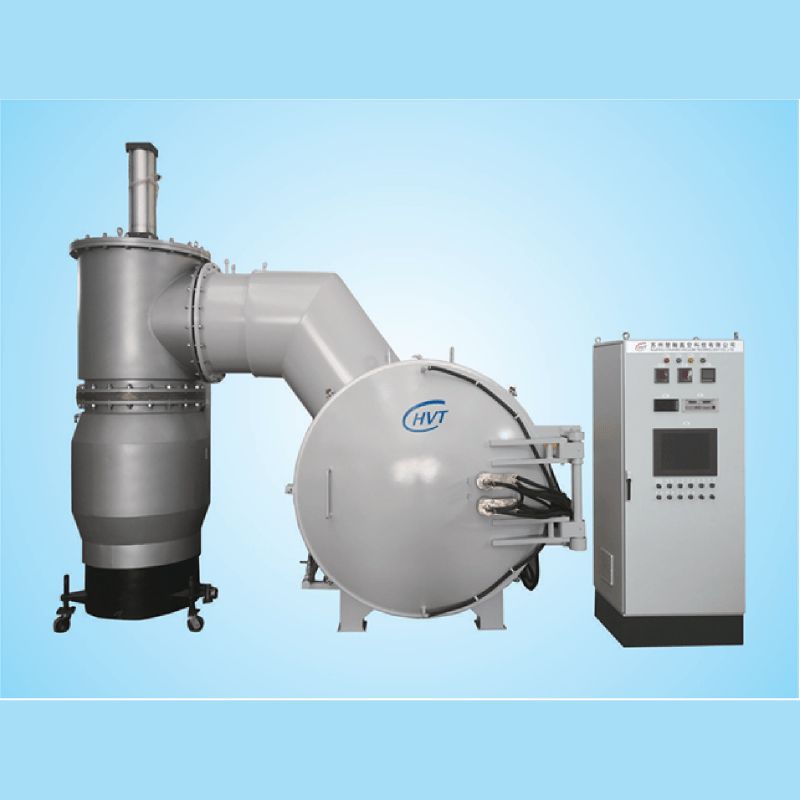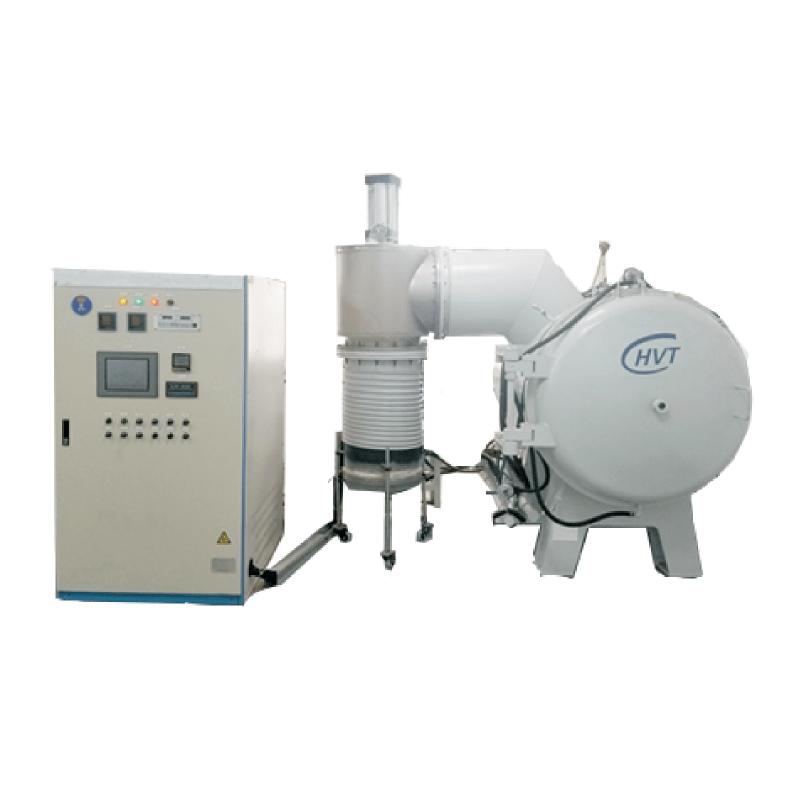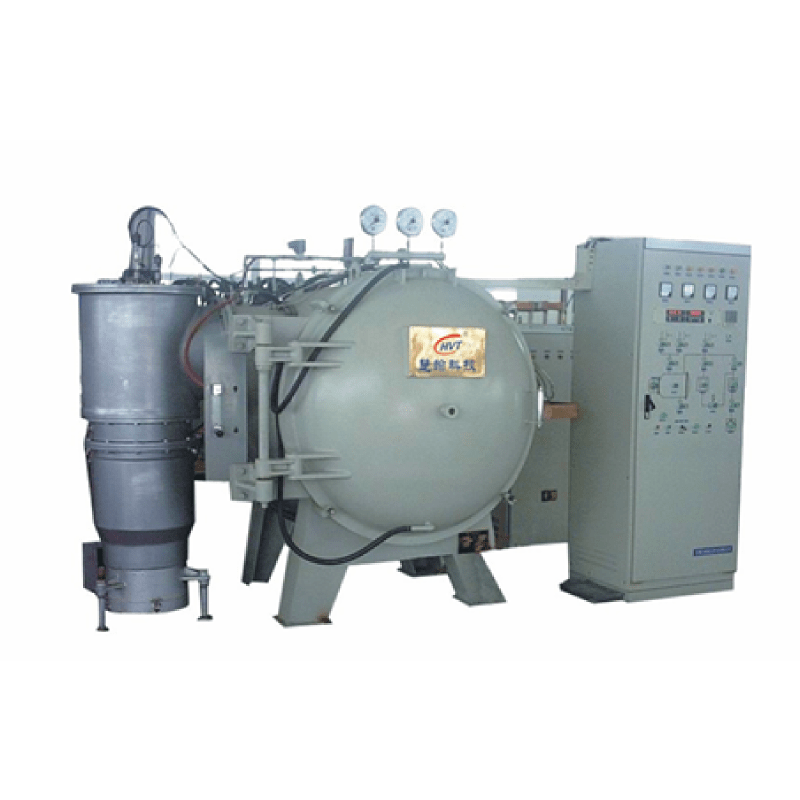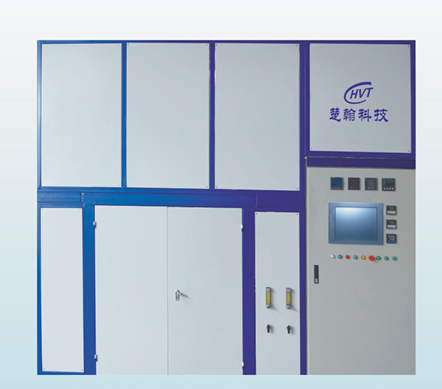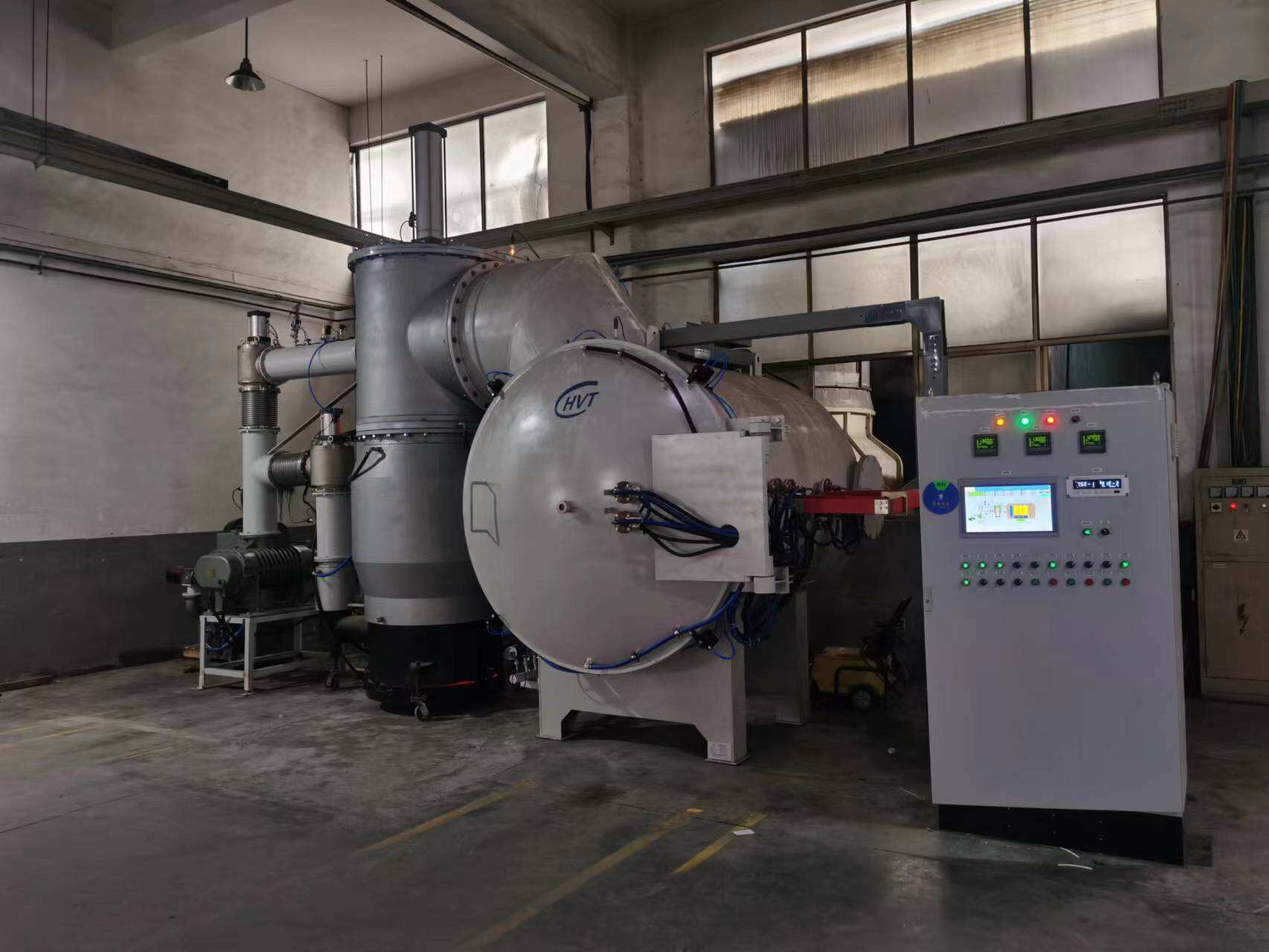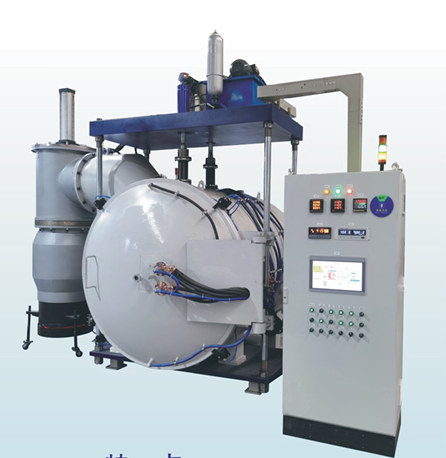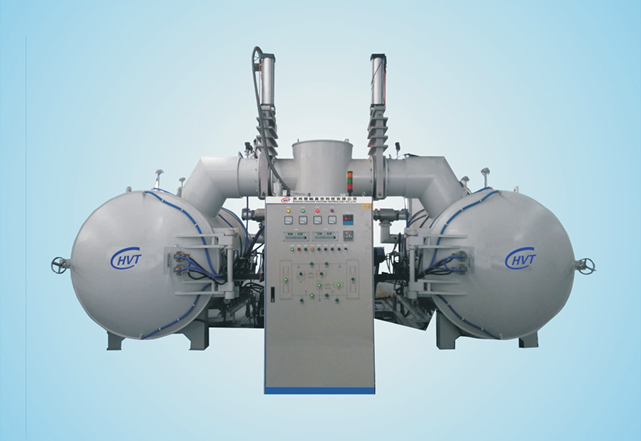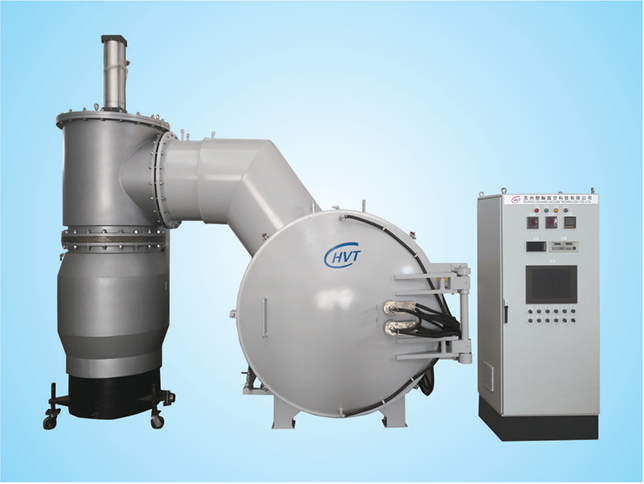induction furnace electrotherm
The induction furnace electrotherm represents a cutting-edge solution in metal melting technology, utilizing electromagnetic induction to generate heat directly within the metal charge. This advanced system operates by creating a powerful magnetic field through electrical current flowing through a coil, which induces eddy currents in the metal, resulting in rapid and efficient heating. The furnace consists of a water-cooled copper coil surrounding a refractory-lined crucible, where the metal is placed for melting. Operating at frequencies ranging from power line frequency to 10,000 Hz or higher, these furnaces can achieve temperatures exceeding 2000°C, making them suitable for melting various metals including steel, iron, copper, and aluminum. The electrotherm technology incorporates sophisticated power control systems that enable precise temperature regulation and optimal energy utilization. Modern units feature advanced monitoring capabilities, allowing operators to track crucial parameters such as power consumption, temperature profiles, and melting rates in real-time. The system's design also includes safety features like automatic shut-off mechanisms and cooling systems to prevent overheating.

